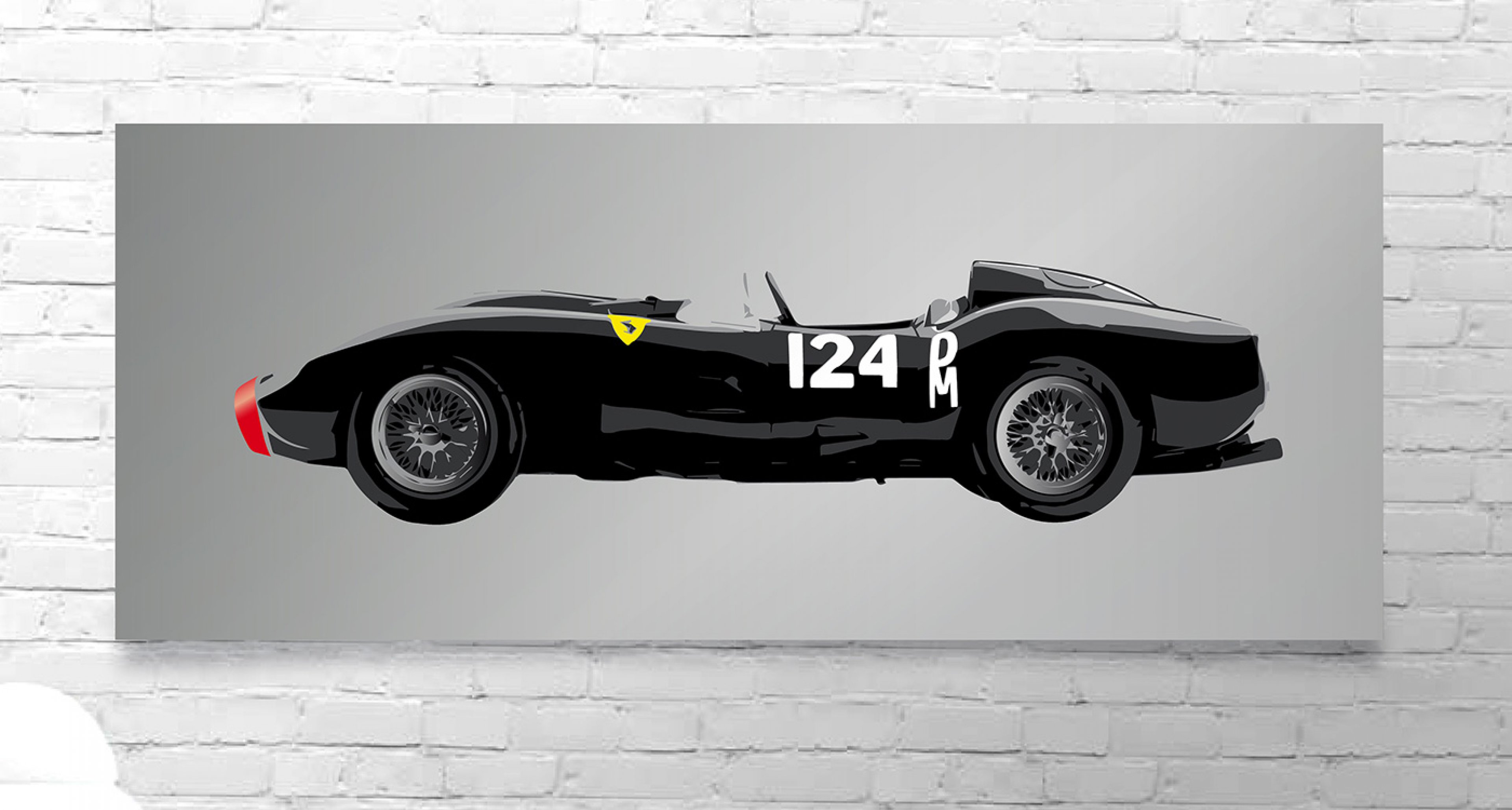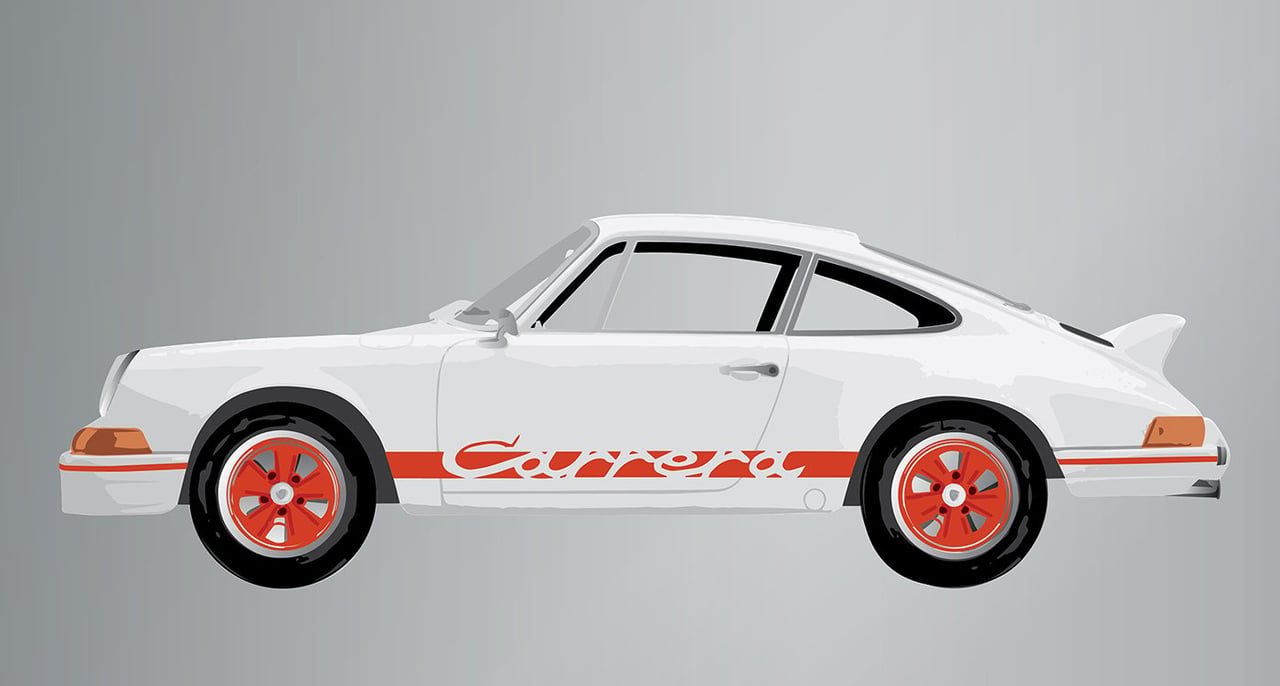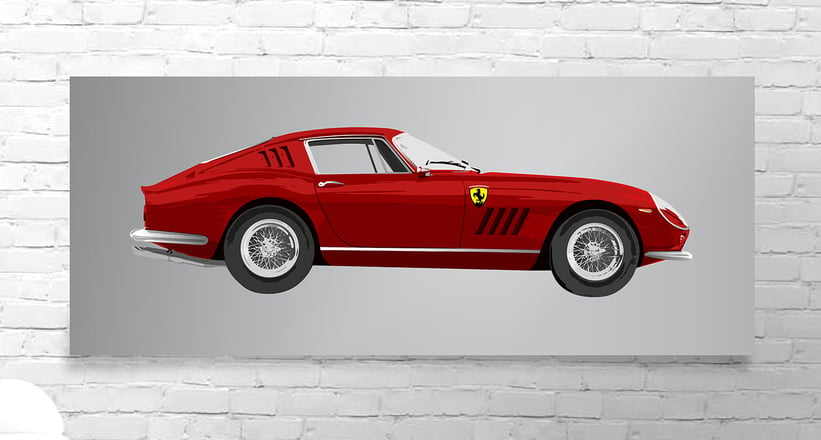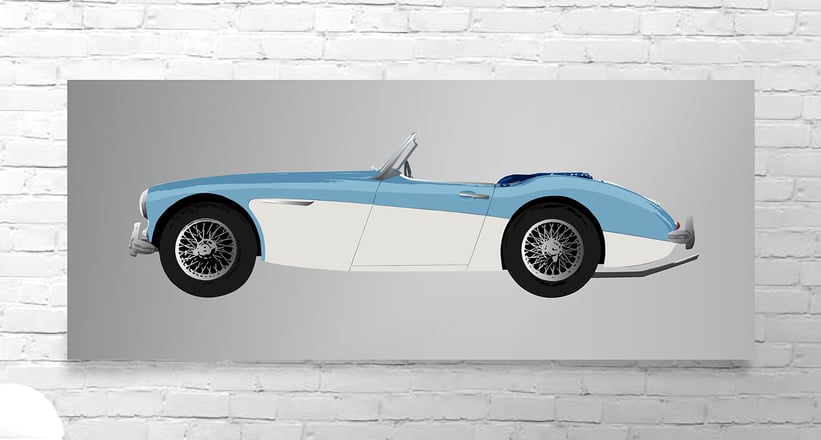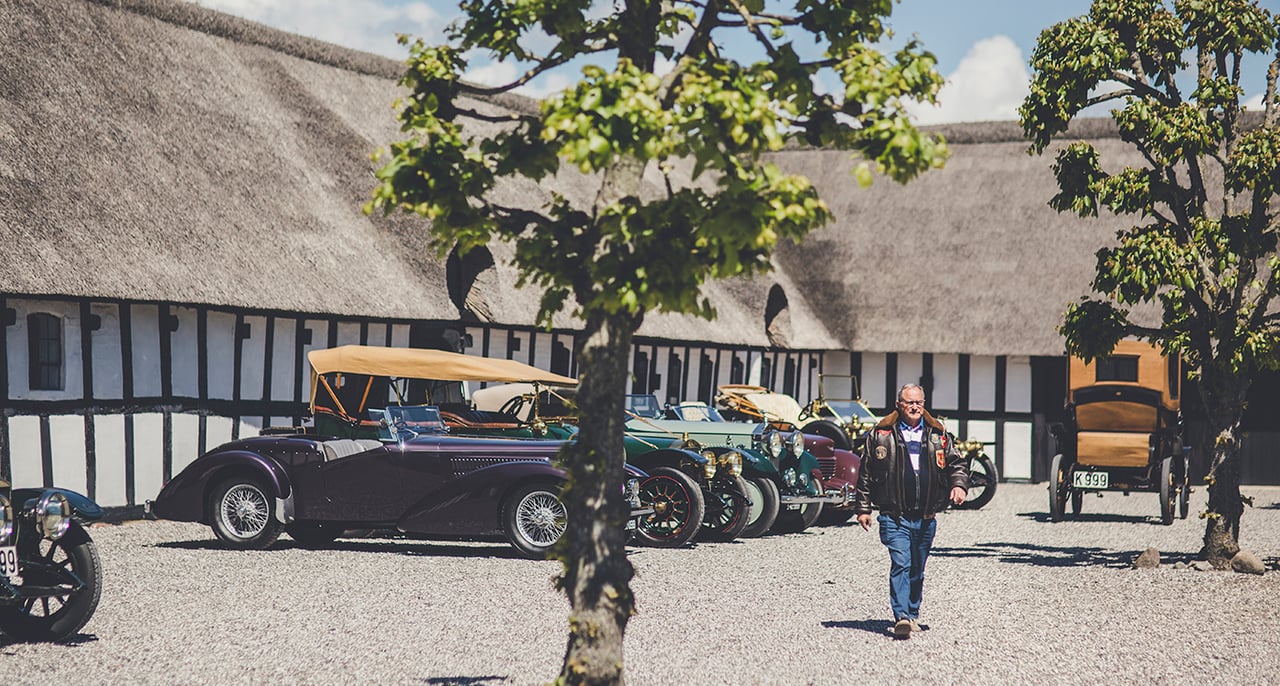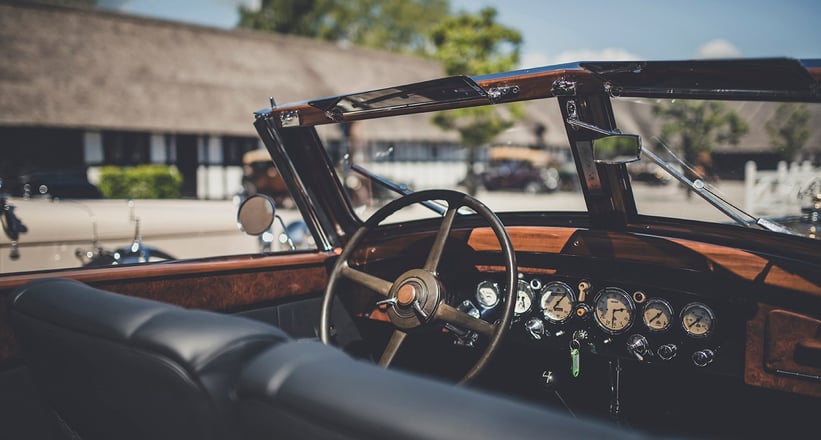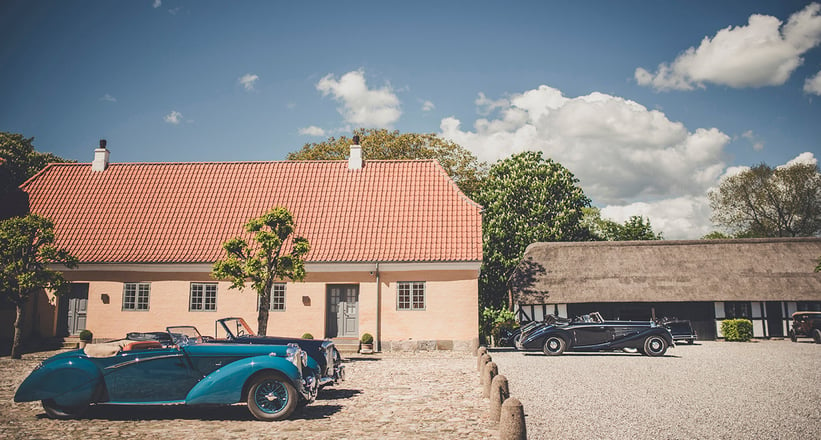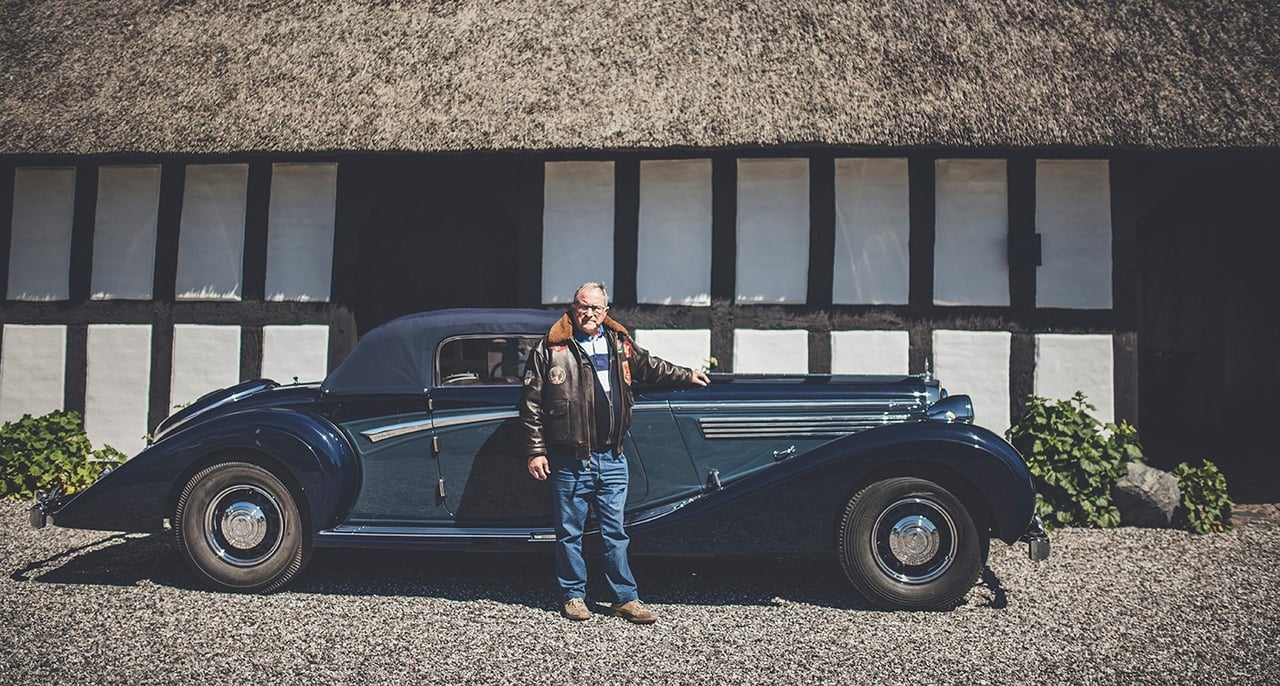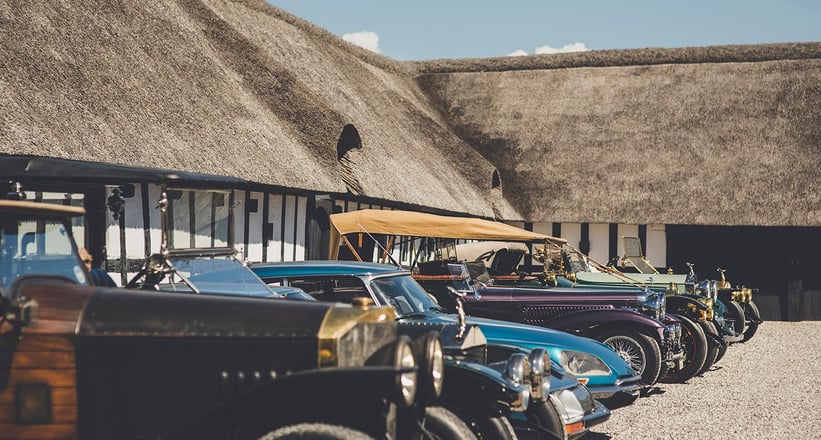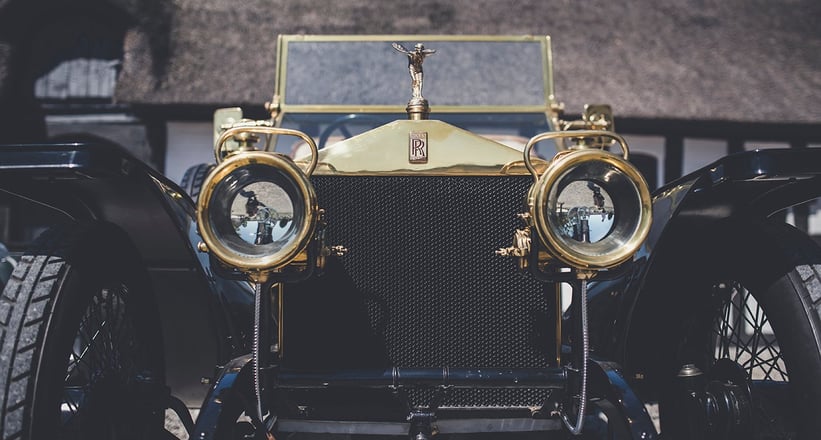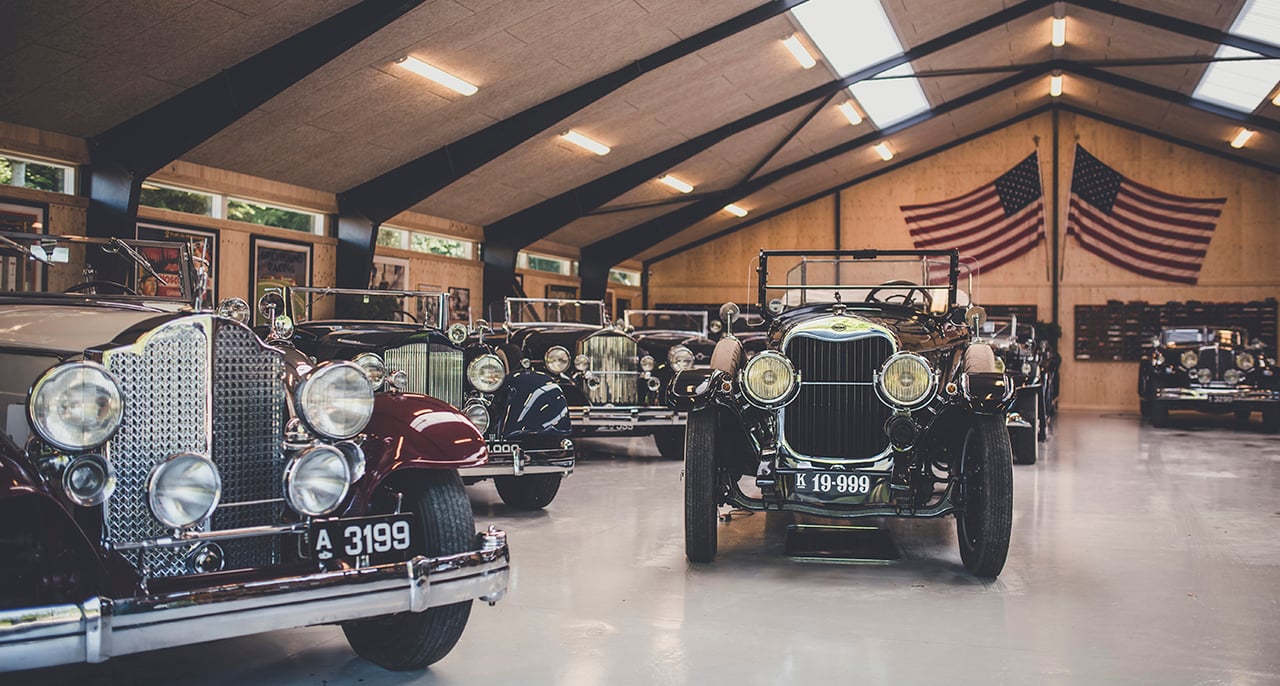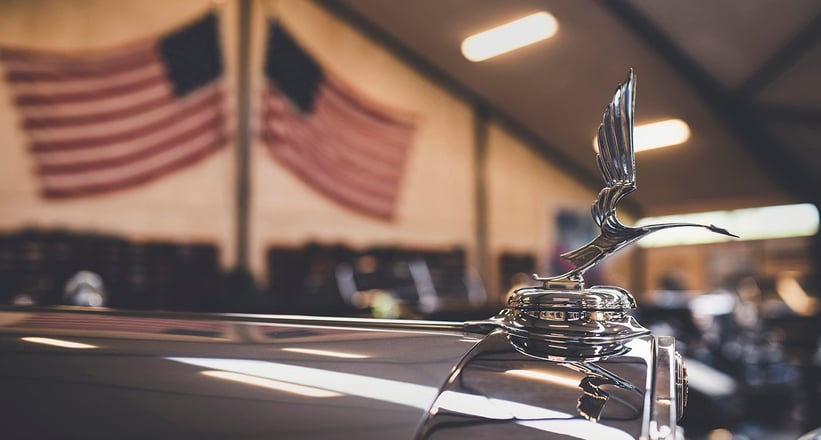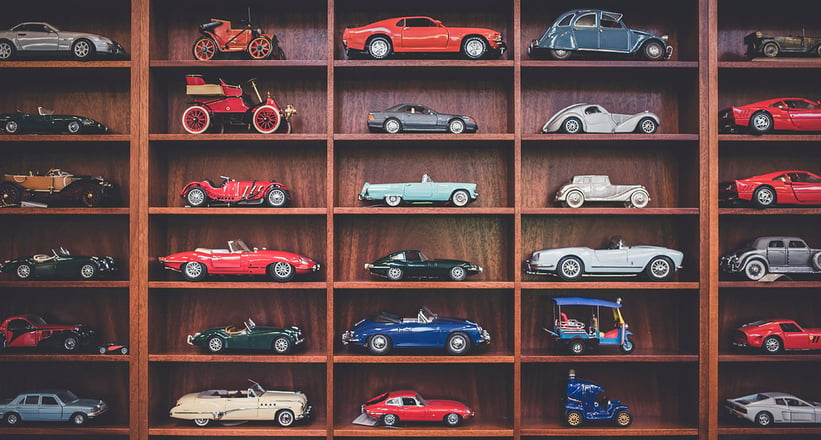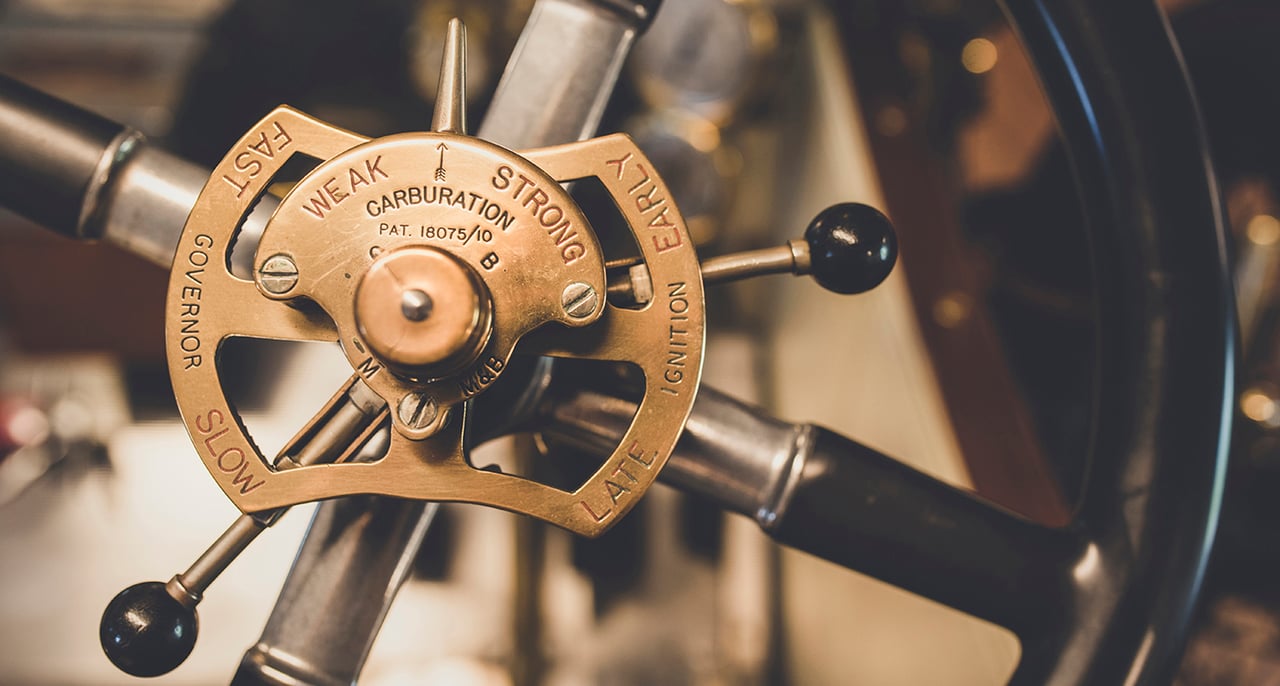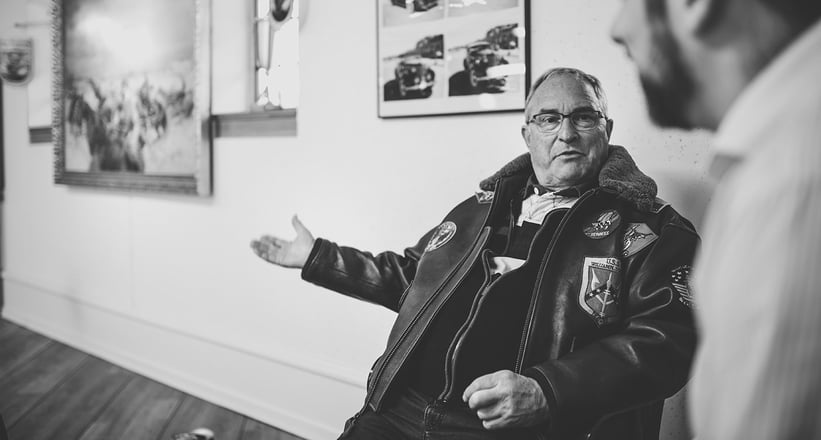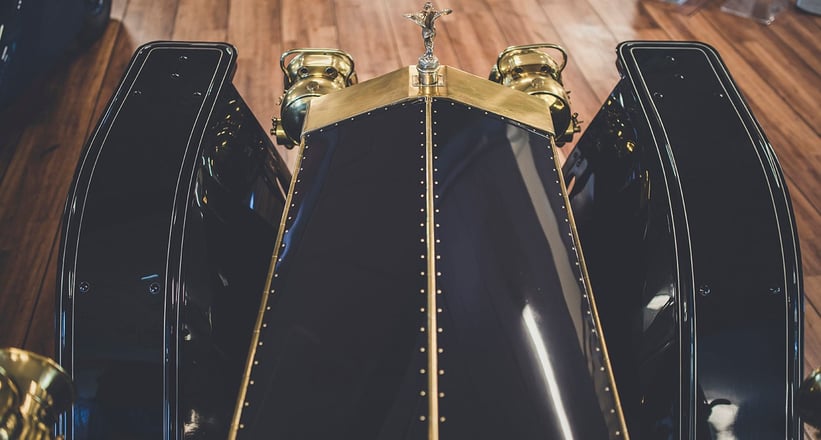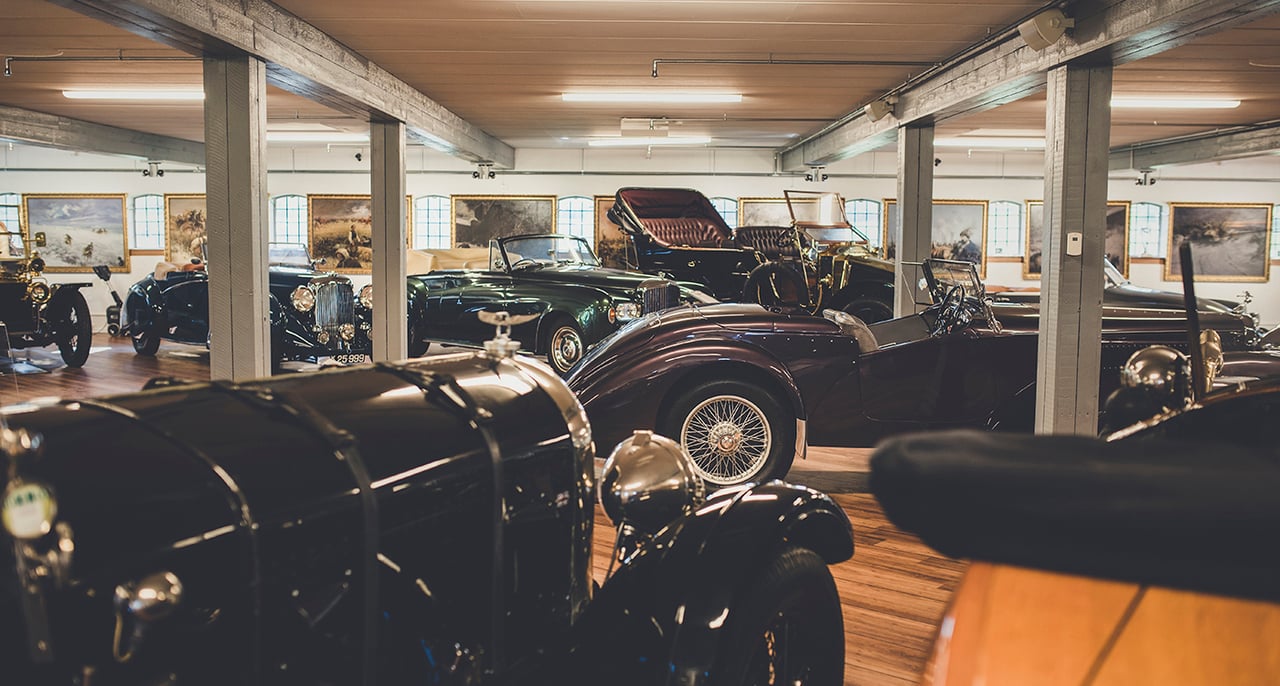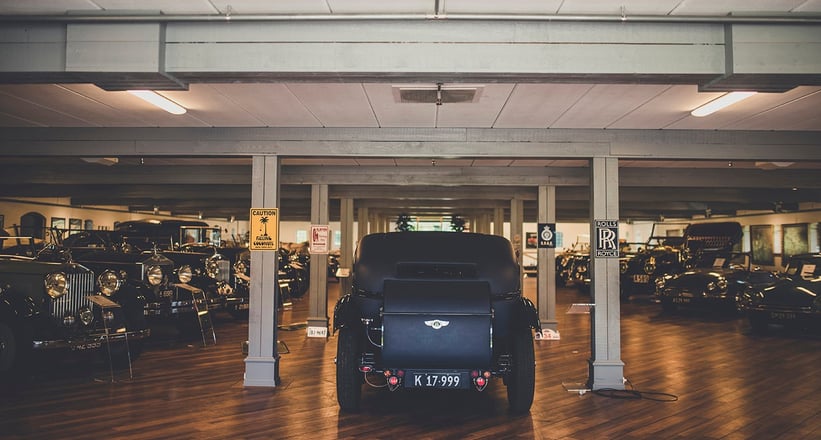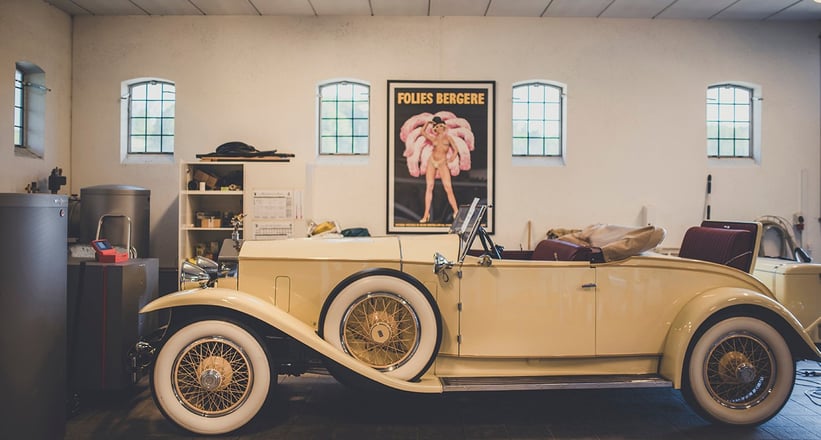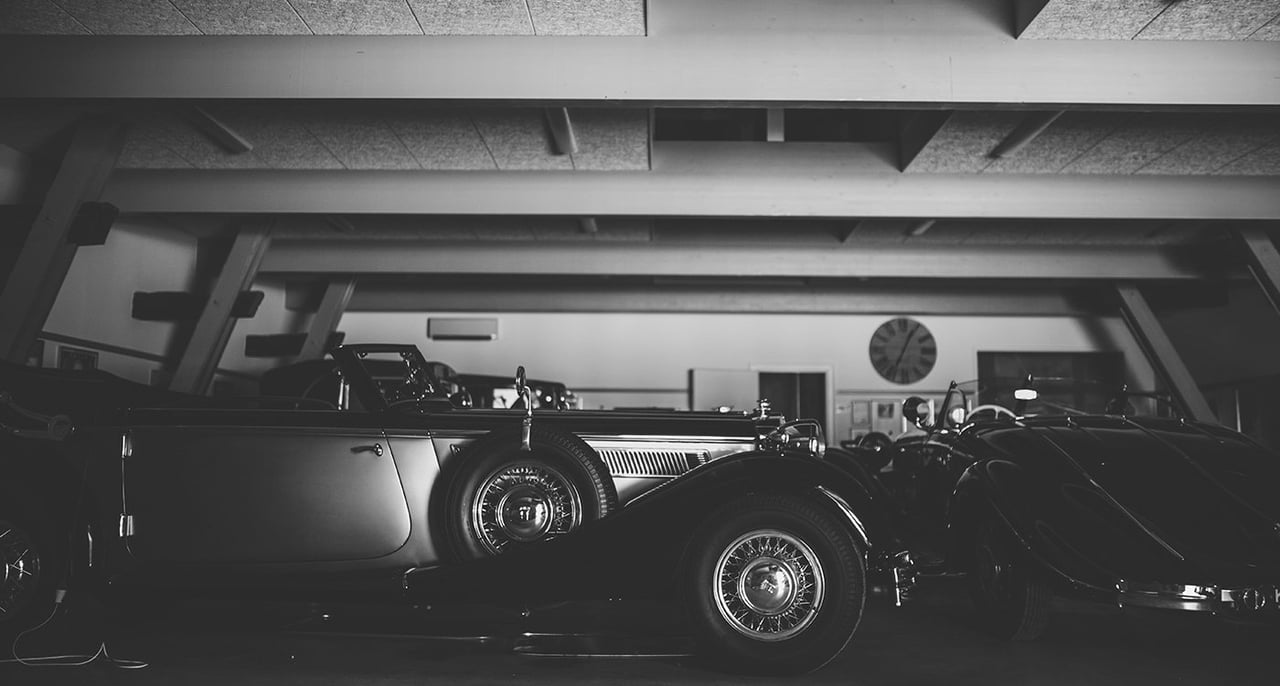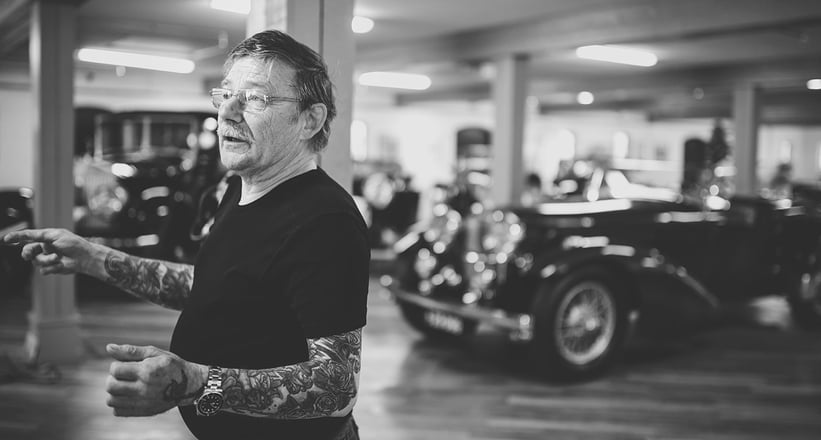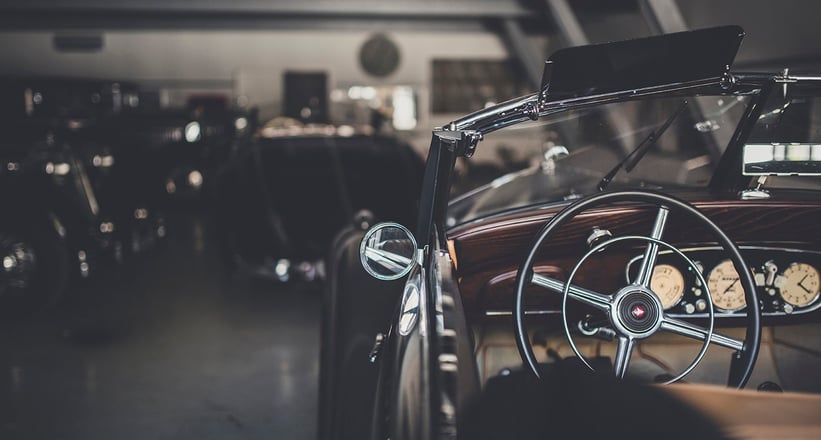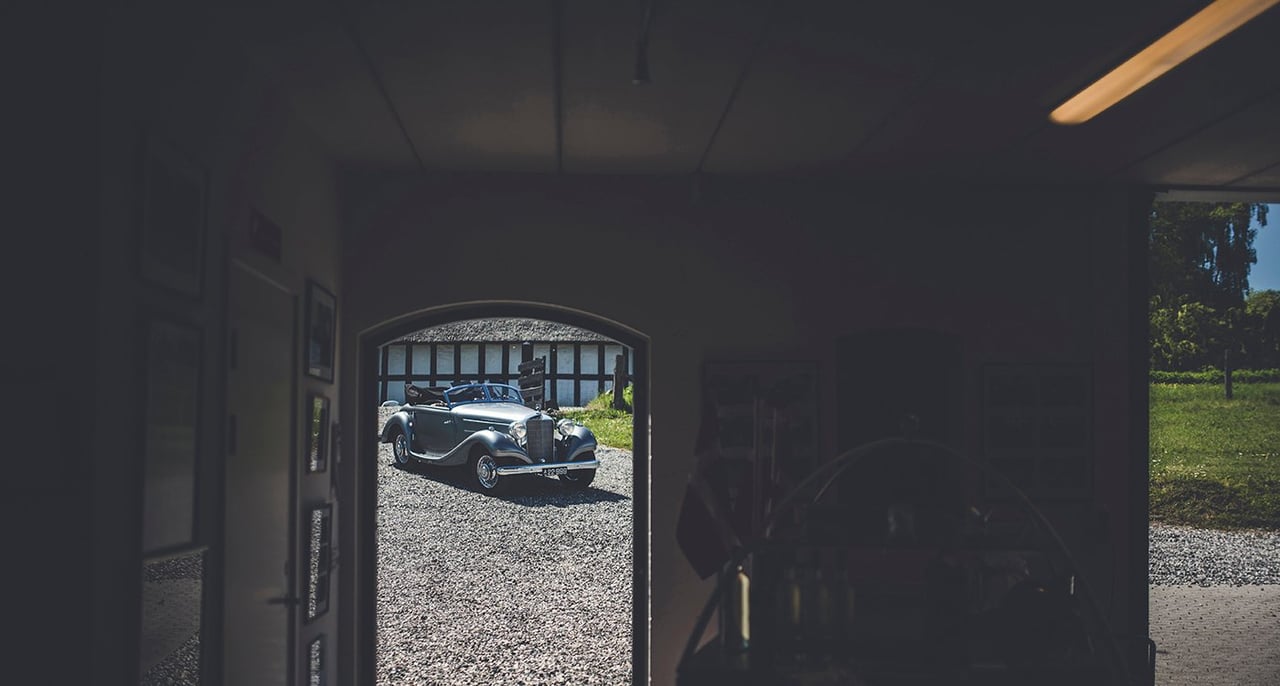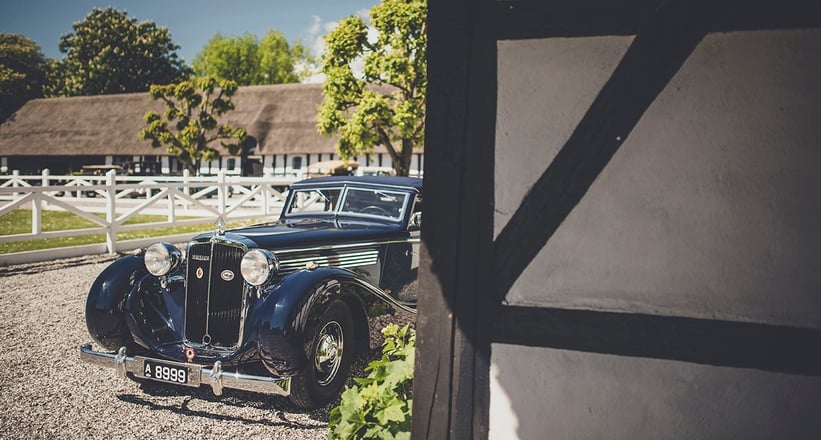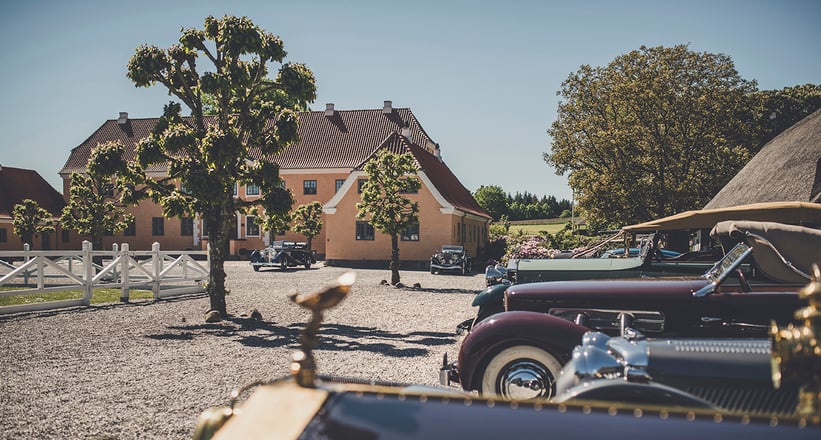Michael Laverty prendra la place laissée par Marco Melandri dans l’Aprilia Racing Team Gresini dès ce week-end au Sachsenring.
Michael Laverty sera de retour sur la grille MotoGP™ à partir du Grand Prix GoPro d’Allemagne et prendra la place laissée par Marco Melandri chez l’Aprilia Racing Team Gresini suite à ce que l’Italien et le constructeur de Noale aient décidé de mettre fin à leur partenariat.
Frère aîné de John et de Eugene, qui dispute sa première saison en MotoGP™ cette année avec l’Aspar MotoGP Team, Michael a déjà couru deux saisons en catégorie reine, avec Paul Bird Motorsport, et pilotait un prototype équipé d’un moteur Aprilia avant de prendre un rôle de pilote d’essais pour la RS-GP.
Le Nord-Irlandais courait cette année dans le British Superbike Championship, sur la S1000RR de Tyco BMW.
Michael Laverty :
« Je suis heureux d’être de retour sur la grille pour le GP d’Allemagne. Courir contre des pilotes qui ont déjà couru la moitié de la saison en MotoGP va être difficile mais je veux profiter à fond de cette opportunité. J’ai travaillé en piste assez régulièrement avec l’Aprilia test team cette année et je suis donc déjà à l’aise sur la moto comme avec les pneus Bridgestone. Je vais tout d’abord devoir m’habituer à la moto en conditions de course et puis essayer de progresser au long du week-end. Álvaro (Bautista) a très bien piloté sur la première partie de la saison et j’ai pu constater le travail réalisé avec le test team. Maintenant je suis impatient de rejoindre l’équipe des week-ends de course. »
Laverty will be a permanent replacement for Marco Melandri with effect from this Grand Prix.
Michael Laverty will rejoin the MotoGP™ class for the GoPro Motorrad Grand Prix Deutschland this weekend and continue to be a permanent fixture in the Aprilia Racing Team for the rest of the season. So far this year, the Northern Irishman has been racing in the British Superbike Championship for Tyco BMW onboard an S1000RR.
With Aprilia & Marco Melandri having decided through mutual consent to part ways, Laverty was a logical choice as a replacement having served as a test rider for the RS-GP.
Michael Laverty: “I'm excited to be back on the MotoGP grid this weekend for the German GP. Competing against the regular guys racing MotoGP is a tough task, but I am relishing the opportunity. I have been riding with the Aprilia test team so I am comfortable with the Aprilia RS-GP machine and the Bridgestone tyres. Firstly I must adapt the race bikes to suit me and then look to keep progressing throughout the weekend. Álvaro has been riding strongly in this first half of the season and I have witnessed some great development work through the test team. I now look forward to being a part of the racing team."
Michael is one of three Laverty brothers who race professionally: he is the oldest, followed by John and Eugene Laverty. Eugene already races in MotoGP™ for the Aspar MotoGP team, making the lavertys the second pair of brothers in this year's championship, alongside Aleix and Pol Espargaró.


